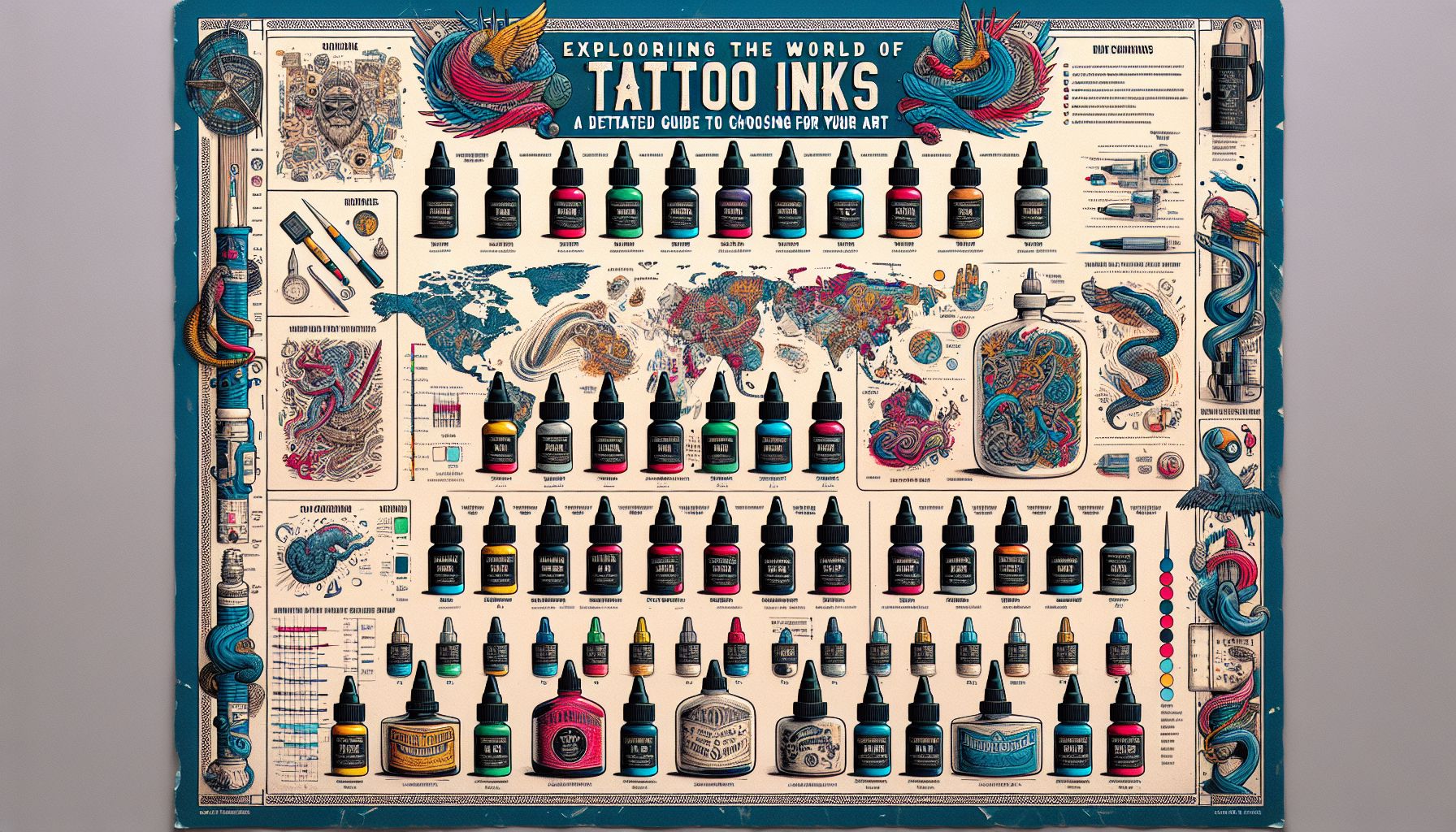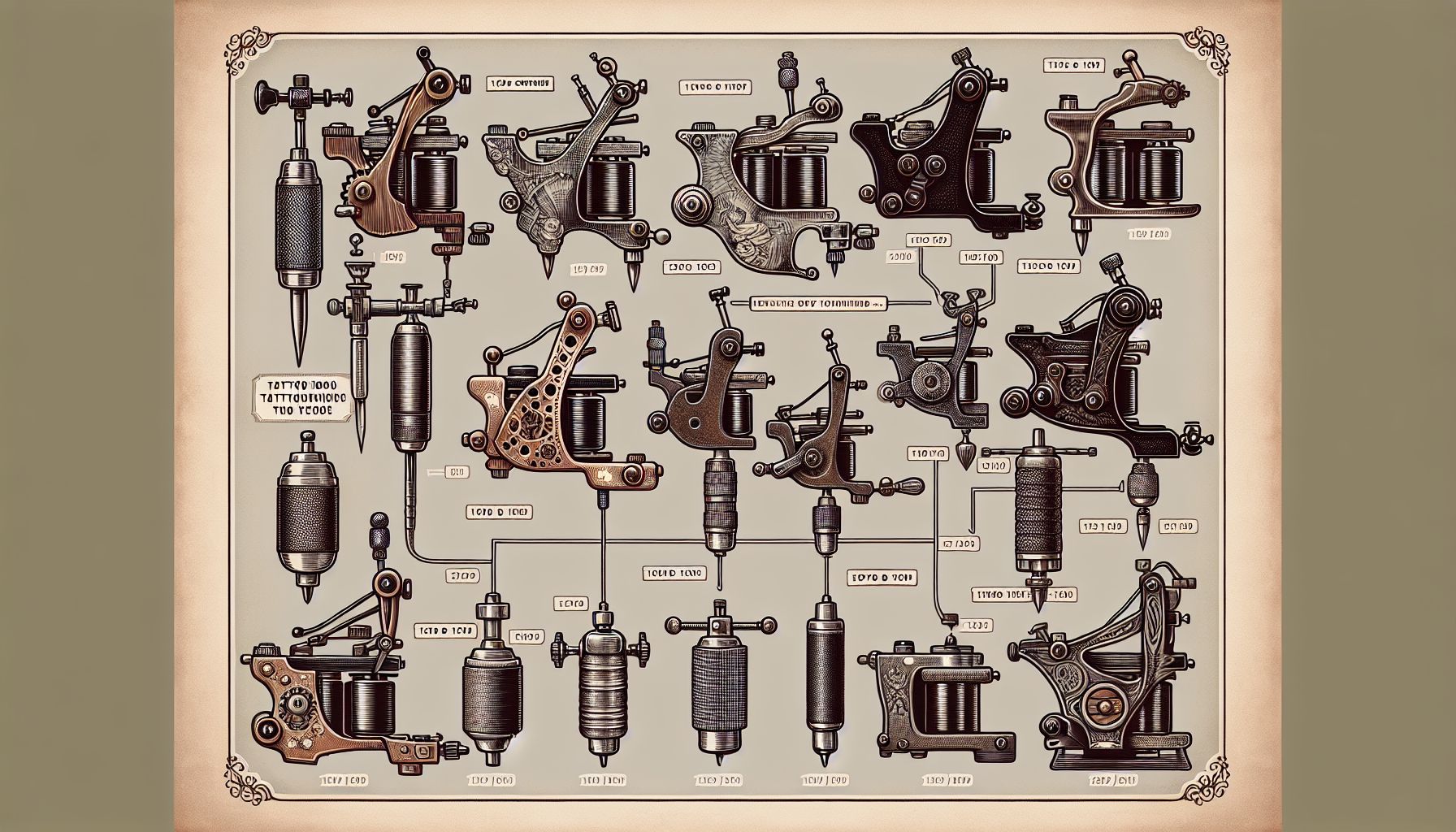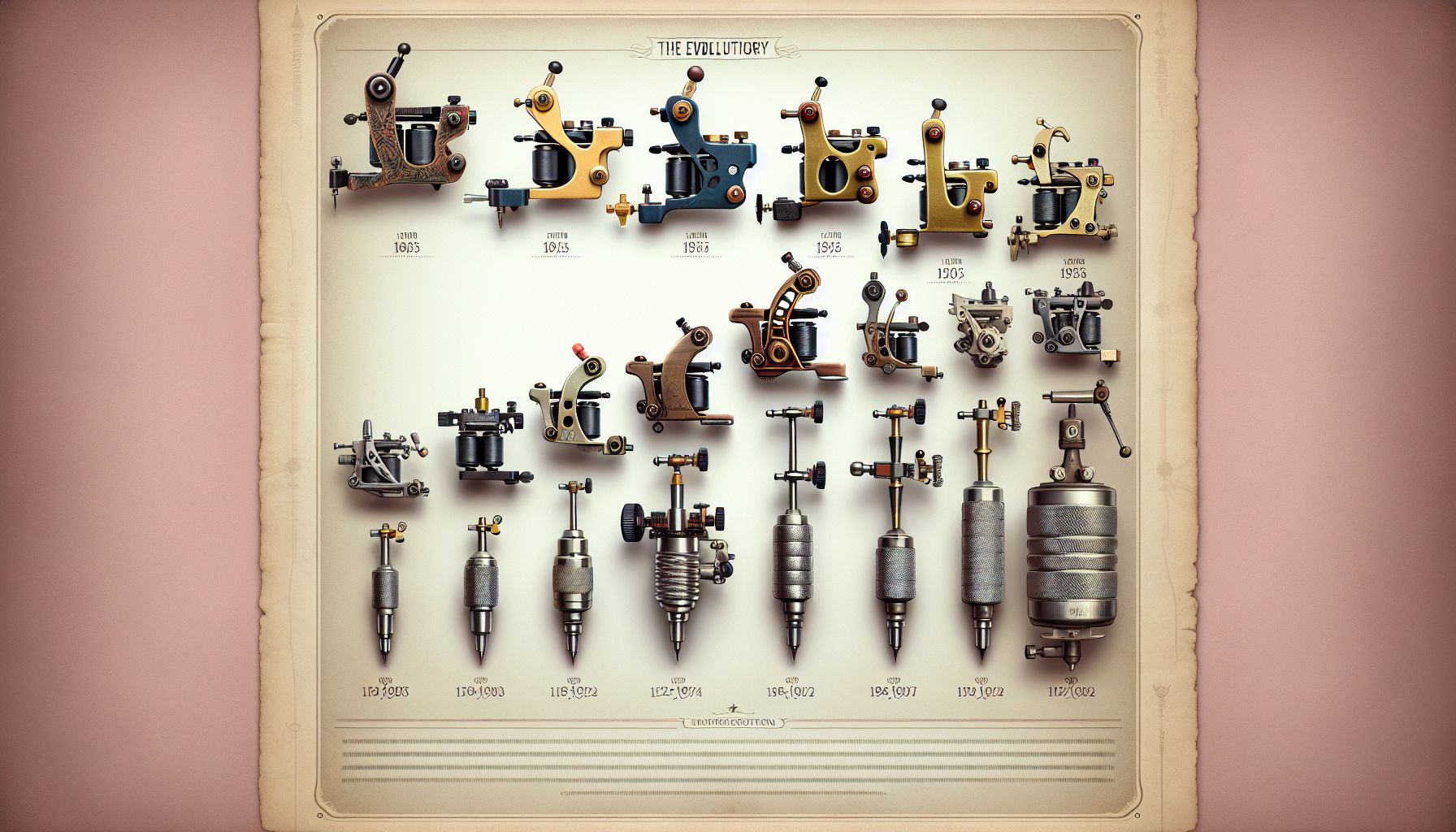The magic of tattooing has long been propelled by the buzzing symphony of needles at work, orchestrated by the tattoo artists whose skill transforms ink into art upon skin. Having been part of the fascinating world of tattooing for years, I have witnessed firsthand the evolution of tattoo supplies, particularly the cornerstone of any artist’s toolkit: the tattoo machine. From handmade contraptions to state-of-the-art devices, the tattoo machine has undergone a metamorphosis that has revolutionized our industry. In this deep dive, we will explore the ins and outs of this pivotal tool, touching on history, technology, and personal insights that can guide both novices and seasoned pros in their quest for the perfect tattoo machine.
The Tattoo Machine: Heartbeat of the Industry
The tattoo machine is to a tattoo artist what a wand is to a wizard. It’s the primary instrument that brings tattoos to life, and its importance cannot be overstated. The tattoo machine traces its roots back to the late 1800s, with the first electric tattoo machine patent credited to Samuel O’Reilly in 1891. From its inception, it represented a shift from the traditional ‘stick and poke’ methods to a more efficient, precise approach.
Over the years, innovation has continued to shape the industry. Tattoo machines have transitioned from electromagnetic coil-driven machines to modern rotary and even pneumatic versions, each with their distinct advantages and applications.
Coil vs. Rotary vs. Pneumatic
For those new to the tattooing trade, understanding the differences between the types of tattoo machines can be overwhelming. Coil machines are the traditional choice, known for their buzzing sound and recognized by their coils. These machines enable precise line work and shading, and their adjustable give allows artists to control the needle depth and pressure.
Rotary machines, on the other hand, are known for their quiet operation and smooth performance. They use a rotating mechanism, which allows for a more consistent flow of energy to the needle. This results in less trauma to the skin, which can lead to a quicker healing process.
Lastly, pneumatic tattoo machines are the new kids on the block, powered by air compressors. These are less common but offer the advantage of being lightweight and easily sterilizable, as they can withstand autoclaving.
My Personal Journey with Tattoo Machines
As an artist, the journey to finding the perfect tattoo machine is deeply personal. Early in my career, I, like many others, started with a coil machine, its weighty presence a testament to its power. Through the years, I saw the introduction of rotary machines and the industry’s subsequent division between purists and innovators. It wasn’t until I tried a rotary machine for a complex piece that demanded a gentle touch and prolonged sessions that I appreciated the lesser strain it put on both my hand and the client’s skin.
Technology’s Impact on the Craft
With the advent of modern technology, digital tattoo machines have emerged with features like adjustable stroke lengths, giving artists an unprecedented level of control. Additionally, wireless tattoo machines with rechargeable batteries have started to gain traction, offering the convenience of cordless operation—a game changer for maintaining a tidy workspace.
Choosing the Right Machine
Selecting the ideal tattoo machine can be daunting, but considering a few key factors can streamline the process. Evaluate what styles you specialize in, the machine’s ergonomics, versatility, and longevity. Moreover, it pays to check out product reviews, listen to peer recommendations, and if possible, test different machines to see what feels right.
The Evolution of Hygiene and Safety Standards
I remember when compliance with health and safety standards was less stringent. Today, autoclavable grips and disposable components have become industry standard, ensuring client safety and minimizing the risks of cross-contamination. The evolution of tattoo supplies has not only improved the artistry but has fortified the safety framework we operate within.
Investing in Quality
In my years of experience, one rule has held true: you get what you pay for. Investing in quality tattoo supplies pays off in the longevity of your tools and the satisfaction of your clients. It’s crucial to source supplies from reputable distributors and manufacturers, ensuring that you’re using products that meet industry standards.
Supporting the Tattoo Community
As tattoo artists, we’re part of a vibrant community, and supporting each other is vital. Online platforms, like the one I operate, serve as collectives where sharing, learning, and the pursuit of mastering our craft happen daily. By sharing experiences and insights, we ensure the continued growth and refinement of our industry.
In Conclusion
The tattoo industry’s heart lies within the hum of the machine. Whether it’s coil, rotary, or pneumatic, the quest for the perfect tattoo machine is a dynamic and ongoing journey. As our tools evolve, so do the possibilities within our art form. My advice to fellow artists is to remain open to innovation but grounded in the traditions that shaped our craft. Embrace the modern advancements in tattoo supplies and allow them to enhance your artistry. Remember, the right tools don’t just make for better tattoos; they also fortify our commitment to excellence and safety, ensuring our industry thrives for years to come.



